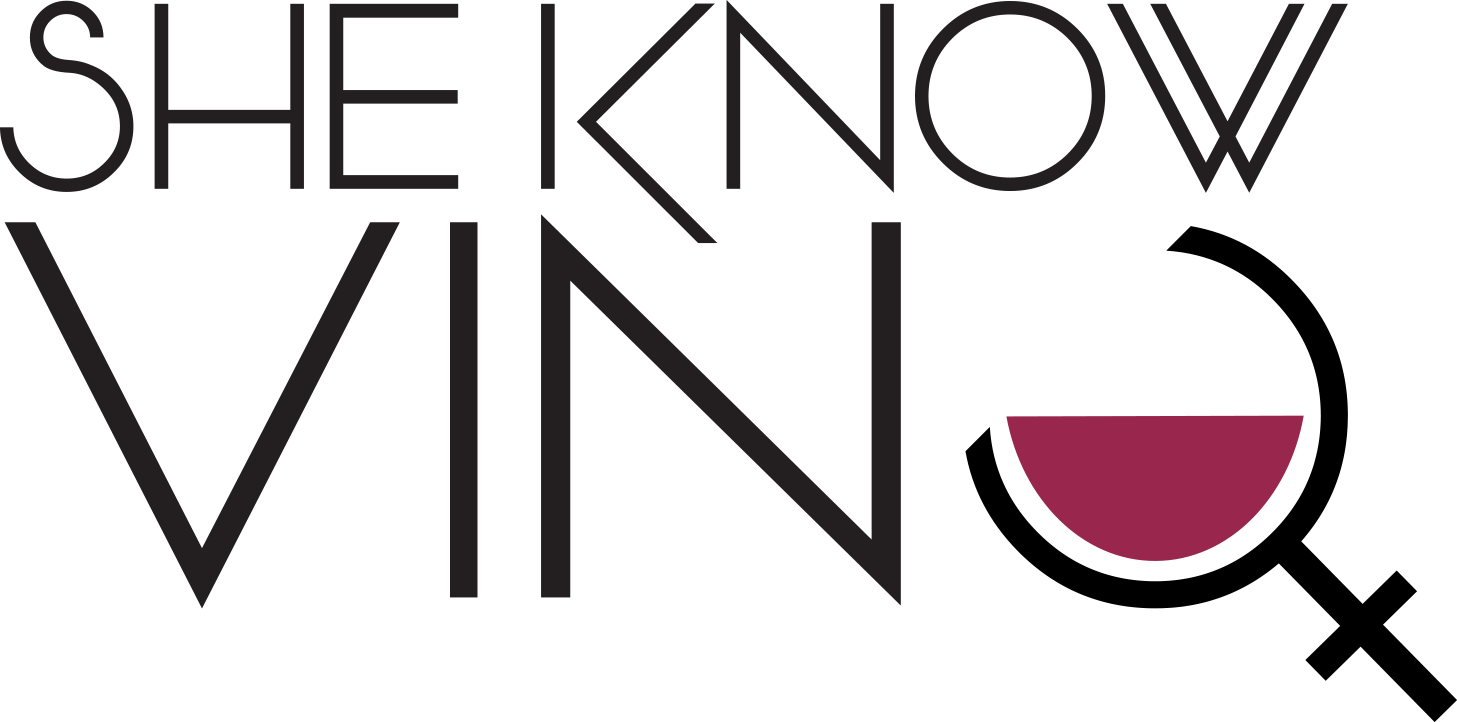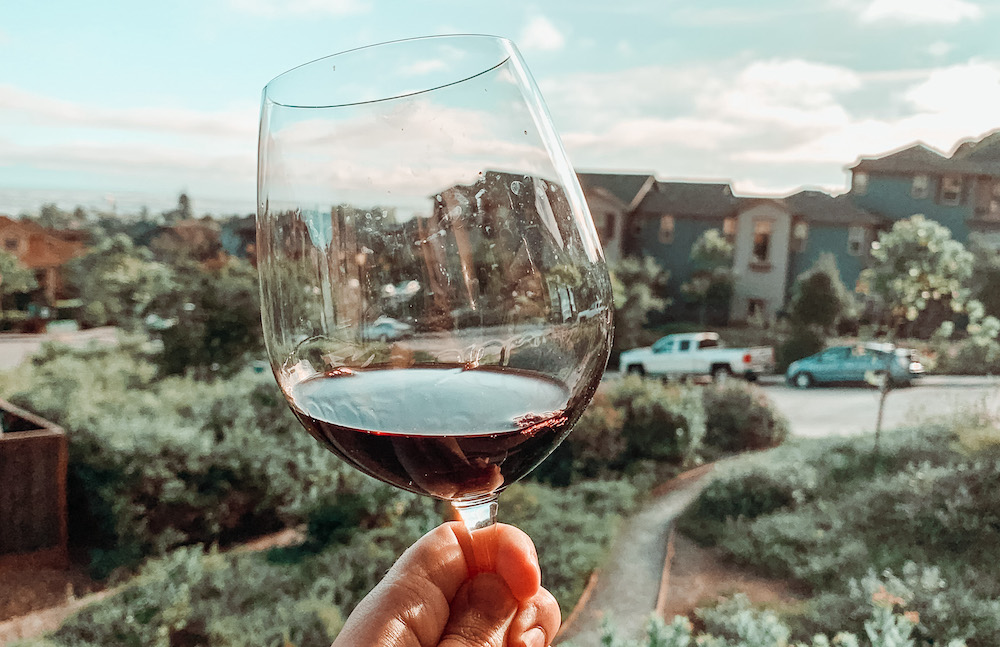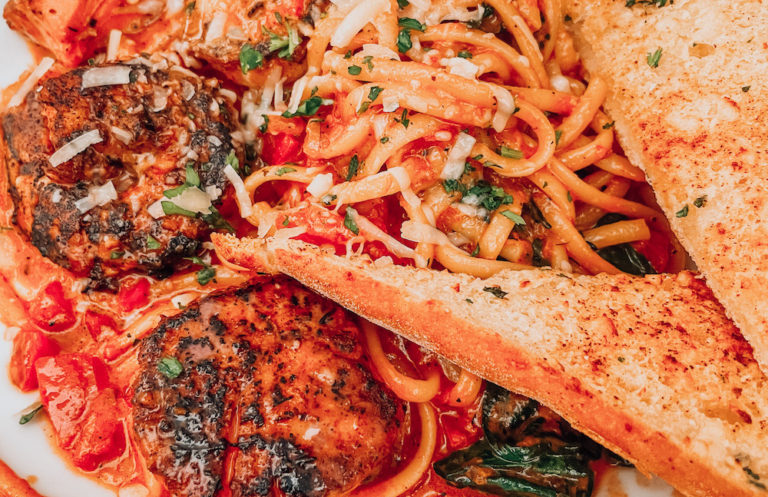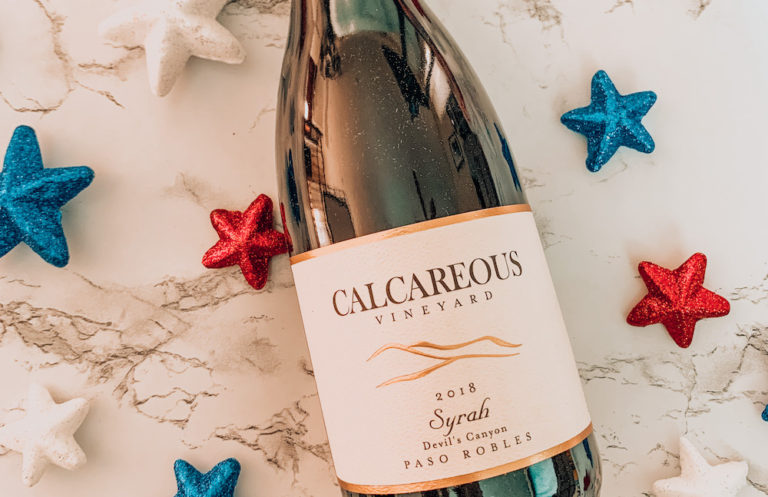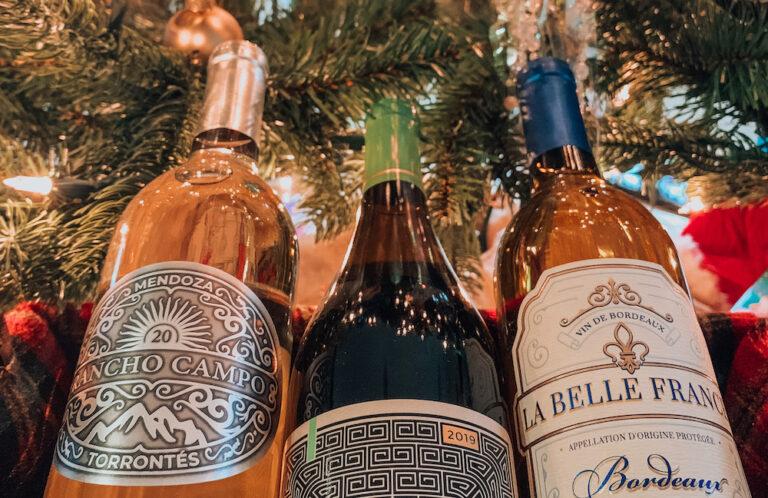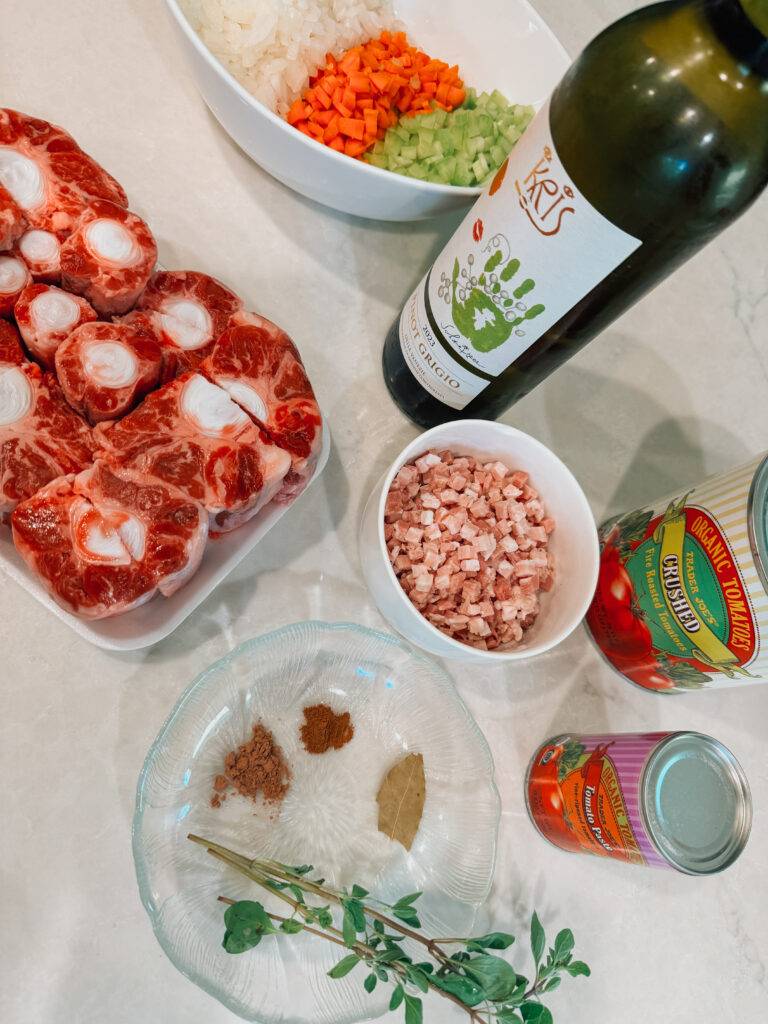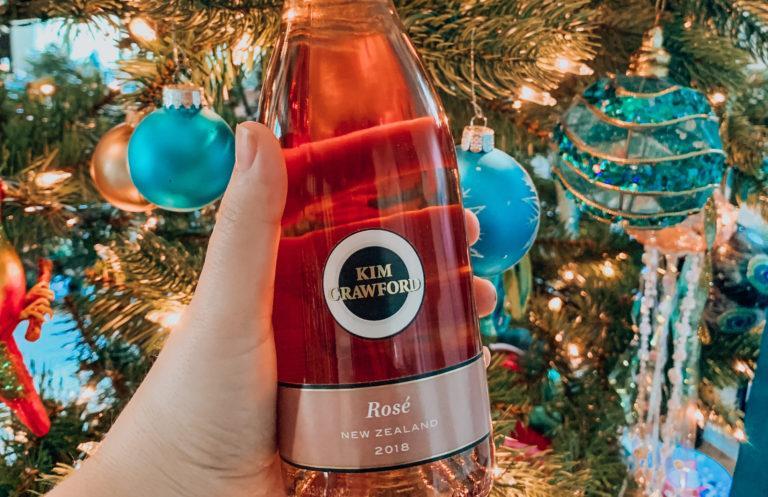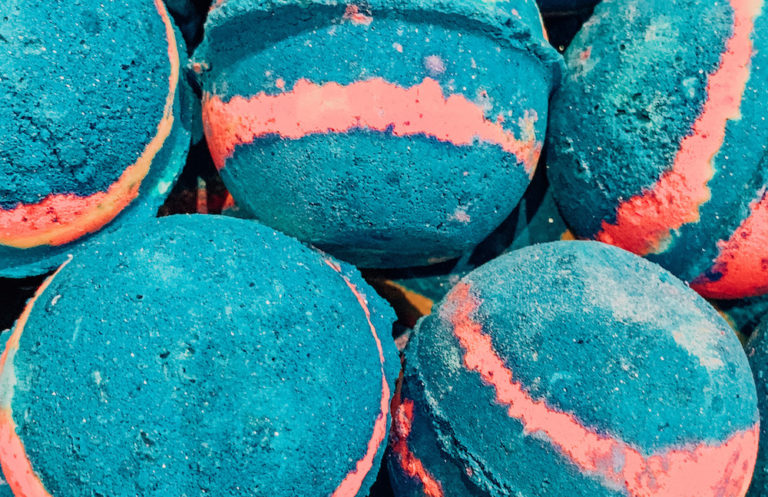Wine 101: How to Train Your Palate for Flavor Exploration
So you want to get into wine, huh? Welcome. You’ve entered the chaotic and delicious world of swirling, sipping, and pretending you know what “wet stone” smells like.
If you’re here, chances are you’ve recently discovered that wine is confusing. One minute you love a Riesling, the next you’re gagging on a Syrah that tastes like someone tried to smuggle all-you-can-eat Korean BBQ home in their leather purse because they overdid it on round three. (Guilty.)
The truth is, developing your wine palate takes time. Like, years. And spoiler alert: no one has it all figured out. Not even Master Sommeliers. Their taste buds may be elite, but they’re still human… Mostly.
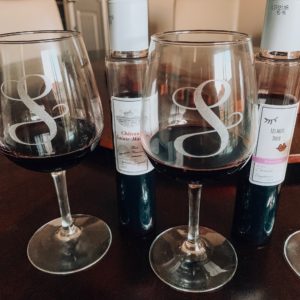
The (Kind of Messy) Evolution of My Palate
When I turned 21, I was drinking the sweetest wines I could find. We’re talking liquid sugar. It wasn’t until I studied abroad in Italy (ciao, Tuscany!) that I started to appreciate drier, more complex wines. And it wasn’t until I turned 25 that I could confidently taste a wine, go “not for me,” but still recognize it as objectively good.
Do I still hate Port? Yes. Can I tell a good one from a bad one? Also yes. Growth.
Pinpoint What You Actually Like
The trick is to figure out what flavors make your taste buds sing. I personally love fruit-forward wines (hello, juicy reds), but I don’t vibe with wines that taste like a petting zoo, which is why I try to steer clear of certain Syrahs. If you see tasting notes like “leather,” “meat,” or “barnyard” on the back of a bottle, I’m out.
Grab a sheet of paper (or your Notes app) and write down what you like across a few categories: sweetness, acidity, tannin, alcohol, and flavor. Do you like crisp, dry whites? You might love Old World wines (think France, Italy, Spain). Prefer bold, juicy reds with a little sweetness? New World wines (U.S., Australia, South Africa) might be more your speed.
Practice Makes Palate
Real talk: it took me five years, 30+ winery visits, and three certifications to get to the point where I feel confident with wine and I still learn something new every time I taste. The more wines you try, the more patterns you’ll start to notice.
Tip: bring your notes into a wine shop or even a BevMo. Seriously. The staff usually loves helping people find something they’ll enjoy, and no, they won’t judge your chicken scratch about “tastes like green apple but not in a Jolly Rancher way.”
Your Tongue is in Charge (Sorry, Brain)
We’ve got five basic tastes: sweet, sour, salty, bitter, and umami (a.k.a. savory). And no two tongues are the same, which is why wine is so personal.
Me? I like salty over sweet, and sour over bitter. I love high-acid wines (bring on the citrus) but can’t handle bitterness. Coffee and IPA drinkers are way braver than me. I tend to choose Pinot Noir or Sangiovese over big Cabs, but that’s my palate. Yours might be the complete opposite, and that’s cool.
The key is to ask yourself: how much of each flavor do I like? Could I drink a glass of sweet wine with no food? Do I enjoy that puckering feeling from acidity? Figure that out, and you’ll save a lot of money (and regret) at the wine shop.

How to Try Wine Without Committing to a Whole Bottle
If you’re not ready to drop $20+ on a wine you might hate, here are some budget-friendly ideas:
-
Wine Tastings: Wineries, wine bars, even grocery stores like Whole Foods or Total Wine often host tastings. Check their events pages.
-
Subscription Boxes: Vinebox and Usual Wines send small servings of wine so you can sample without committing.
-
Cheap Wine Experiments: Trader Joe’s is that girl for cheap but tasty wines. I still dream about Mbali — a $5 Viognier/Chenin Blanc blend from South Africa. Don’t sleep on her.
-
Wine Night with Friends: Everyone brings a bottle (set a budget like $10–$20), and you all taste, chat, and play games. Bonus points if you do a blind tasting. Just wrap the bottles in paper bags or foil and assign numbers.
Are Reviews Worth It?
Yes and no. Reviews are only helpful if you understand the reviewer’s palate. Just because a wine got 93 points doesn’t mean it’s a 93 in your mouth. I once bought a Cab with rave reviews even though I don’t like Cabs. Big mistake. HUGE.
Look for reviews that say things like, “I normally love Zinfandel but hated this one because…” That’s useful. Wine is personal. Trust your own taste buds.
TL;DR: Taste a lot of wine. Take notes. Don’t panic.
Your palate will change. Mine did. The important thing is to keep trying. Think of it like dating: you have to go through a few duds to find the ones you vibe with. And when you find your wine, it’s magic.
Now go forth and taste.

